- home
- Articles
- Architectural Portfolio
- presentation
- Architecture News
- visualization
- Freelance Architecture
- Schooling
- Parametric Design
- Landscape Architecture
- Construction
- Interior Design
- Schooling
- Artificial Intelligence
- sketching
- Design Softwares
- diagrams
- writing
- Architectural Tips
- Roofing
- sustainability
- courses
- concept
- technology
- projects
- visualization
- Competitions
- Store
- Contact
- My account
- home
- Articles
- Architectural Portfolio
- presentation
- Architecture News
- visualization
- Freelance Architecture
- Schooling
- Parametric Design
- Landscape Architecture
- Construction
- Interior Design
- Schooling
- Artificial Intelligence
- sketching
- Design Softwares
- diagrams
- writing
- Architectural Tips
- Roofing
- sustainability
- courses
- concept
- technology
- projects
- visualization
- Competitions
- Store
- Contact
- My account
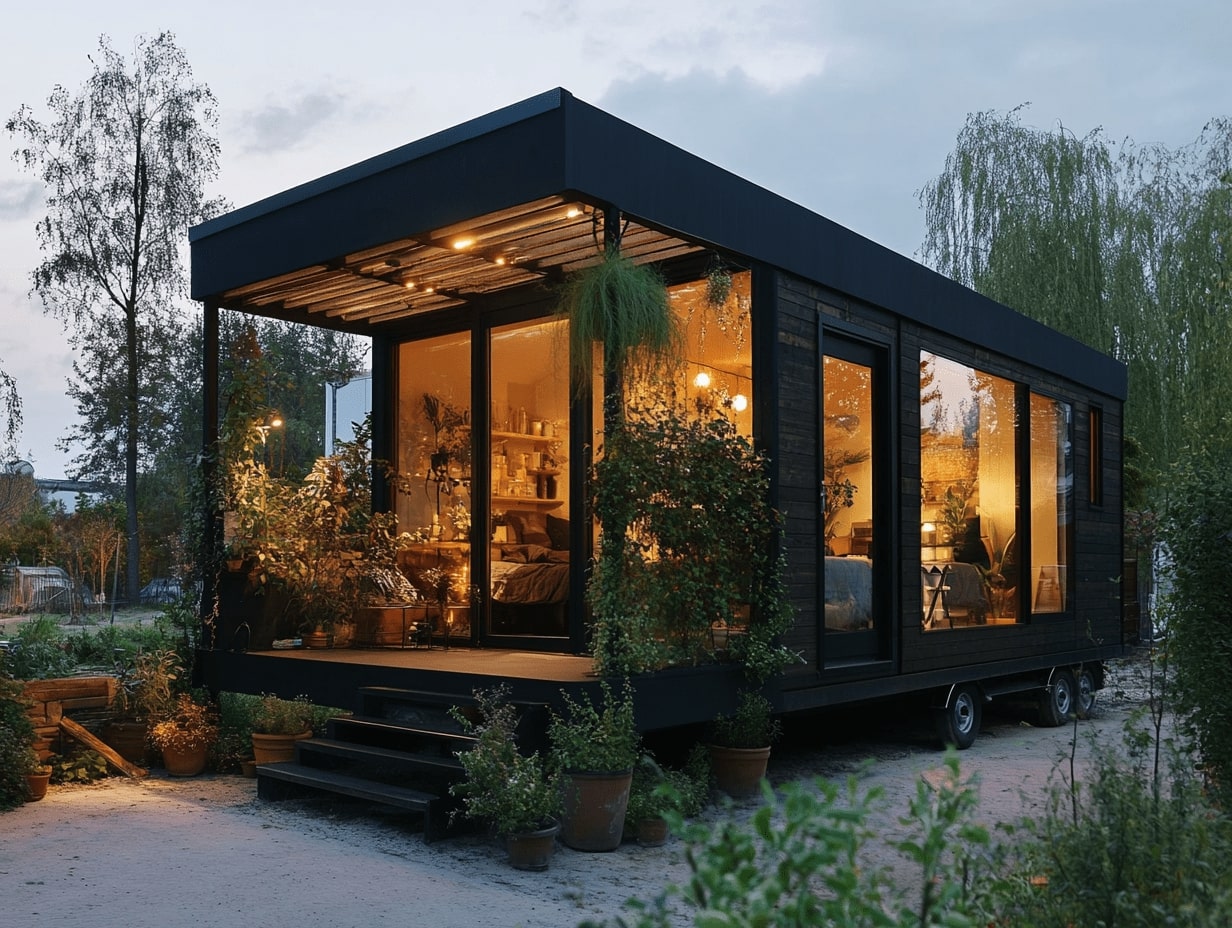
Discover the Benefits of Joining a Tiny House Community for a Simple, Sustainable Life
Living big by going small—it’s a trend that’s reshaping how we think about home and community. Tiny house living isn’t just about downsizing; it’s about upgrading our lifestyles. When we join a tiny house community, we’re stepping into a world that values simplicity, sustainability, and connection.
These communities offer more than just a place to park our tiny homes. They create opportunities to share resources, reduce costs, and build meaningful relationships with like-minded neighbors. It’s a lifestyle that prioritizes freedom and intentional living while fostering a strong sense of belonging.
Whether we’re seeking financial freedom, a smaller environmental footprint, or a closer-knit community, tiny house living opens the door to a new way of life. It’s not just about the space we live in—it’s about the life we create within it.
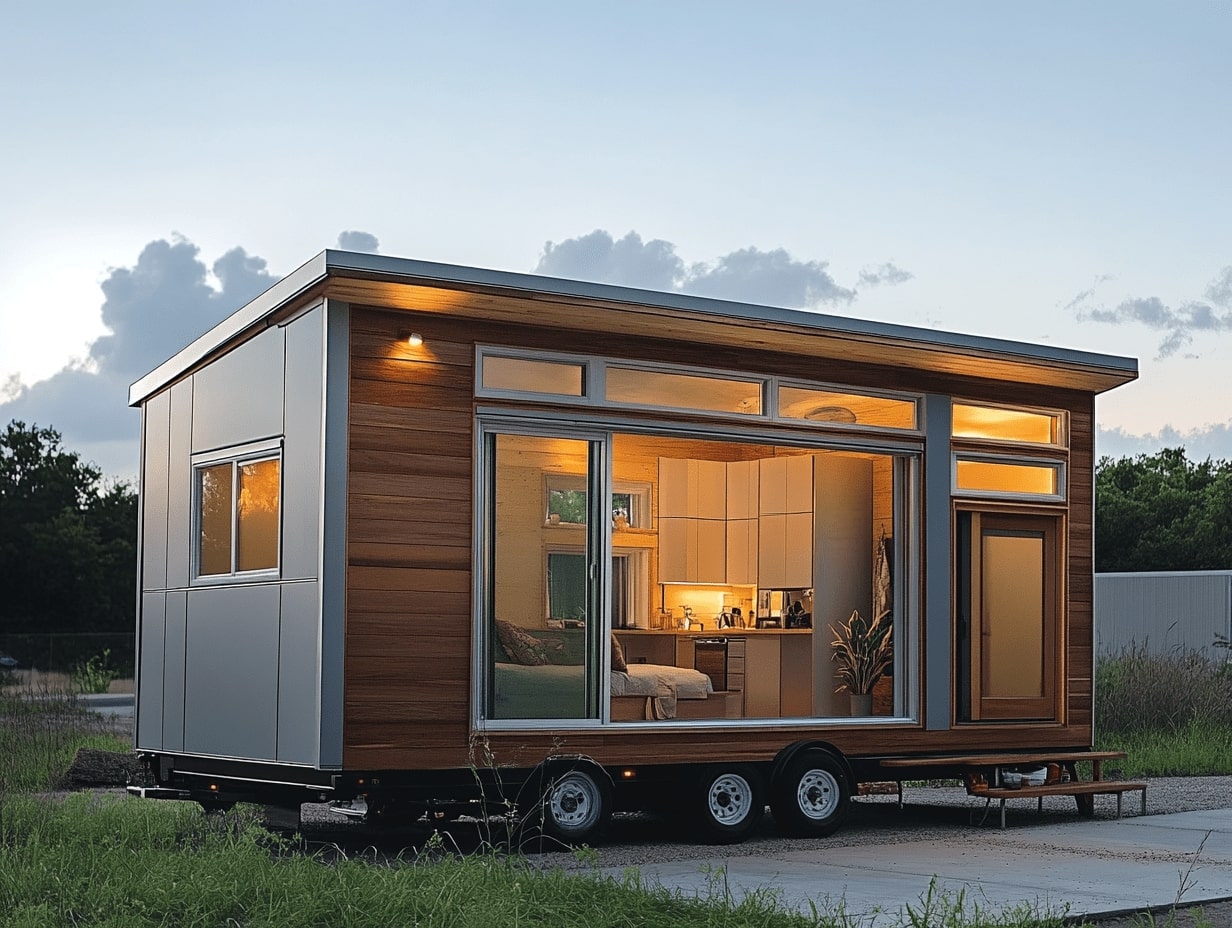
Table of Contents
ToggleWhat Is A Tiny House Community?
A tiny house community consists of a group of individuals or families living in compact, minimalist homes within a shared area. These communities often prioritize shared values such as sustainability, affordability, and social connection. Unlike traditional neighborhoods, these spaces typically feature tiny houses with square footage ranging between 100 and 400 square feet.
How to Build a Tiny House: A Detailed Step-by-Step Guide
Most tiny house communities provide shared facilities like communal gardens, co-working spaces, and recreational areas, enhancing collective living. They can be found in urban, suburban, or rural settings, adapting to diverse living preferences. Some communities operate as co-housing models, while others function as eco-villages or private developments.
Zoning laws and land-use regulations significantly influence where and how these communities exist. Such locations often align with principles of minimal environmental impact, encouraging off-grid capabilities like solar panels and water reuse systems. The design and structure of these communities offer an intentional lifestyle combining autonomy with social engagement.
Social Benefits Of Joining A Tiny House Community
Tiny house communities foster social interaction and meaningful connections among residents. These close-knit environments encourage collaboration, shared experiences, and mutual support.
Building Stronger Relationships
Living in a tiny house community promotes frequent interactions with neighbors. Shared spaces, like community gardens or kitchens, create natural opportunities for socializing. Regular events, such as potlucks or workshops, strengthen relationships and help form lasting bonds.
A Sense Of Belonging
Being part of a tiny house community provides a sense of belonging through shared values and goals. Residents often unite around sustainability, minimalism, or mutual growth. This alignment creates an inclusive atmosphere where everyone feels valued and connected.
Community Support And Collaboration
Tiny house communities thrive on resource sharing and collaboration. Residents often share tools, knowledge, and skills, which reduces individual burdens. Support networks form naturally, whether it’s assistance with home maintenance, child care, or navigating challenges together.

Financial Advantages Of Tiny House Living
Living in a tiny house community offers significant financial benefits by reducing housing costs and encouraging shared expenditures. This lifestyle prioritizes affordability without compromising quality or comfort.
Cost-Effective Housing
Tiny houses are substantially more affordable than traditional homes, both in initial costs and ongoing expenses. According to the National Association of Home Builders, the average cost of a new single-family home is around $300,000, while a tiny house averages between $30,000 and $60,000. Smaller spaces mean reduced utilities, maintenance, and property taxes. Living within a community often eliminates the need for land purchases, as many operate on shared or leased land.
Discover the Top Tiny House Communities to Consider in the USA
Additionally, tiny houses generally require less energy for heating and cooling. Energy-efficient designs and alternative energy sources, such as solar panels, further lower monthly utility bills. Maintenance costs are also minimized due to the smaller footprint and simpler construction of tiny homes.
Shared Resources And Expenses
Tiny house communities promote shared resources to minimize individual expenses. For example, shared amenities like laundry facilities, gardens, tool sheds, or communal kitchens reduce the need to purchase duplicate items. Utilities such as water, electricity, and internet are often distributed across residents, lowering individual financial burdens.
In many cases, community members establish cooperatives for services like waste disposal or bulk grocery purchases, which lowers costs further. By collaborating on repairs or landscaping, residents can eliminate the need to hire outside services. Overall, these shared arrangements make living expenses more manageable and practical.

Environmental Impacts Of Tiny House Communities
Tiny house communities significantly contribute to reducing environmental degradation. By prioritizing sustainability in design and function, these communities help minimize resource consumption and promote eco-friendly lifestyles.
Reduced Carbon Footprint
Tiny house communities lower carbon emissions through smaller living spaces and shared amenities. Smaller homes require less energy for heating, cooling, and lighting, decreasing electricity usage. According to the U.S. Energy Information Administration, the average tiny home uses 45% less energy than a traditional home. In many cases, these communities rely on renewable energy sources, like solar panels, further cutting carbon output. Shared facilities, such as communal kitchens or laundry areas, consolidate resources, reducing energy and water consumption.
Waste generation is also minimized in these communities. Tiny house designs emphasize efficiency and reuse, with many adopting composting toilets and graywater recycling systems. For instance, reusing graywater for gardening reduces water wastage while promoting sustainable landscaping practices.
Promoting Sustainable Living
Tiny house communities embrace principles of sustainable living by encouraging waste reduction, resource sharing, and eco-conscious behaviors. Many adopt renewable energy and off-grid technologies, fostering independence from traditional utilities. Water catchment systems, for example, are often installed to collect rainwater, reducing reliance on municipal water supplies.
Inspiring Tiny House Designs for Your USA Living Space: Maximize Style and Comfort
Locally sourced materials and eco-friendly building techniques are common within these communities, lowering the environmental impact of construction. Recycled materials, such as reclaimed wood or repurposed fixtures, are often used in tiny homes to minimize resource depletion. This approach supports a circular economy and discourages the overuse of new materials.
Residents also tend to grow their own food in community gardens, reducing dependency on grocery stores. This action cuts transportation emissions linked to food supply chains. Encouraging carpooling or bike-sharing programs further limits fossil fuel usage, reinforcing the community’s commitment to sustainability.

Enhancing Quality Of Life
Joining a tiny house community fundamentally improves how we live by prioritizing simplicity and meaningful experiences. It fosters a lifestyle that reduces stress while increasing overall satisfaction.
Simplified Lifestyle
A tiny house community makes minimalism a core aspect of living. By downsizing to homes ranging from 100 to 400 square feet, we eliminate clutter and focus on what matters most. Shared spaces like community gardens or workshops replace the need for excessive possessions, enabling us to lead calmer, more organized lives. This simplicity translates into less time spent cleaning or maintaining a home and more time for personal growth or relaxation.
Living with less often reduces decision fatigue, which occurs when dealing with too many choices. Smaller living spaces encourage us to prioritize essentials, leading to streamlined daily routines. By streamlining our possessions, we also benefit from more mental clarity and reduced stress, improving our physical and emotional well-being.
Focus On Experiences Over Possessions
Tiny house communities enable us to shift priorities toward creating memories and building relationships. Instead of investing time or money in acquiring material goods, we engage in communal activities like shared meals, gardening, or social events. Regular gatherings and workshops foster a sense of fulfillment, where experiences take precedence over accumulating possessions.
Exploring the Tiny House Movement in the USA: A Growing Trend for Simplicity and Sustainability
With reduced financial burdens and simpler living spaces, we allocate more resources toward hobbies, travel, or spending time with loved ones. This focus fosters personal happiness and deepens community ties. By valuing experiences over ownership, we enhance not just our own lives but also contribute to a meaningful and interconnected way of living.
Conclusion
Joining a tiny house community combines affordability, sustainability, and meaningful social connection. These communities promote shared resources, reduce living costs, and minimize environmental impact while fostering strong, supportive relationships. By embracing simplicity, collaboration, and eco-conscious living, we create a lifestyle focused on quality over quantity. Tiny house communities are more than places to live—they’re a way to redefine living intentionally and purposefully in today’s world.
- affordable tiny houses
- alternative housing options
- benefits of tiny house living
- cost of tiny house living
- eco-friendly housing
- environmentally friendly homes
- green living communities
- intentional living communities
- join tiny house community
- living in a small space
- minimalist home design
- minimalist lifestyle
- off-grid tiny homes
- permanent tiny house communities
- popular tiny house designs.
- simple living communities
- Sustainable Living
- tiny home communities near me
- tiny home lifestyle
- tiny homes for sale
- tiny homes for sustainable living
- tiny house advantages
- tiny house builders
- tiny house communities USA
- tiny house community
- tiny house eco-villages
- Tiny House Lifestyle
- tiny house movement
- tiny house neighborhoods
- tiny house on wheels
- tiny house permits
- tiny house zoning rules
illustrarch is your daily dose of architecture. Leading community designed for all lovers of illustration and #drawing.
8 Comments
Submit your architectural projects
Follow these steps for submission your project. Submission FormLatest Posts
Top 5 Best Tiny House Building Companies in USA for Sustainable Small-Space Living
Discover the best tiny house building companies in the U.S. offering exceptional...
Exploring Popular Tiny House Communities in the US: Top Places for Minimalist Living
Discover the rise of tiny house communities in the US, blending affordability,...
Legal Guidelines for Tiny House Construction: What You Need to Know
Discover essential legal guidelines for tiny house construction, from zoning laws and...
Begin Your Journey: How to Get Started with Tiny House Movement in USA
Discover how to dive into the tiny house movement in the USA,...






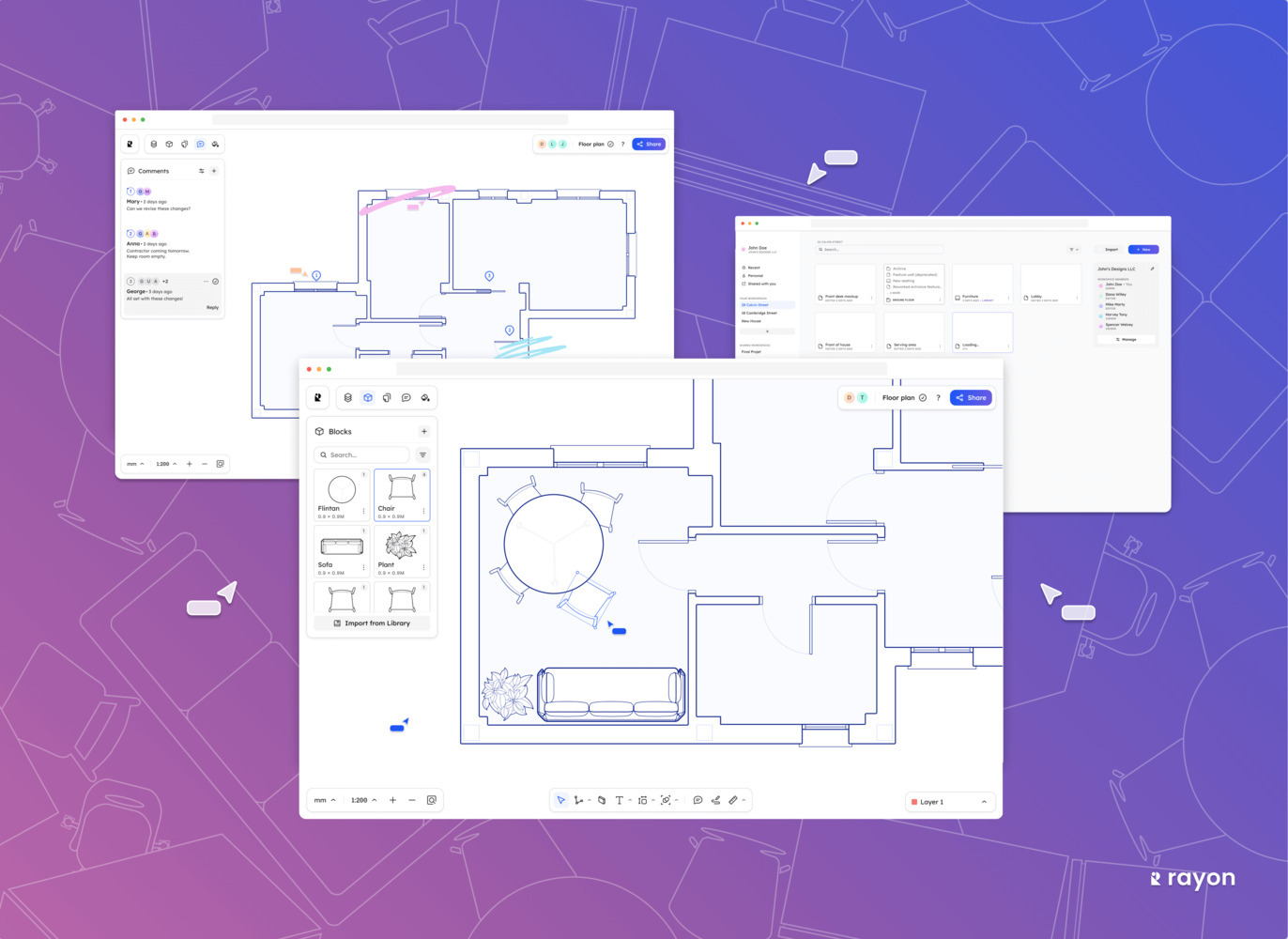

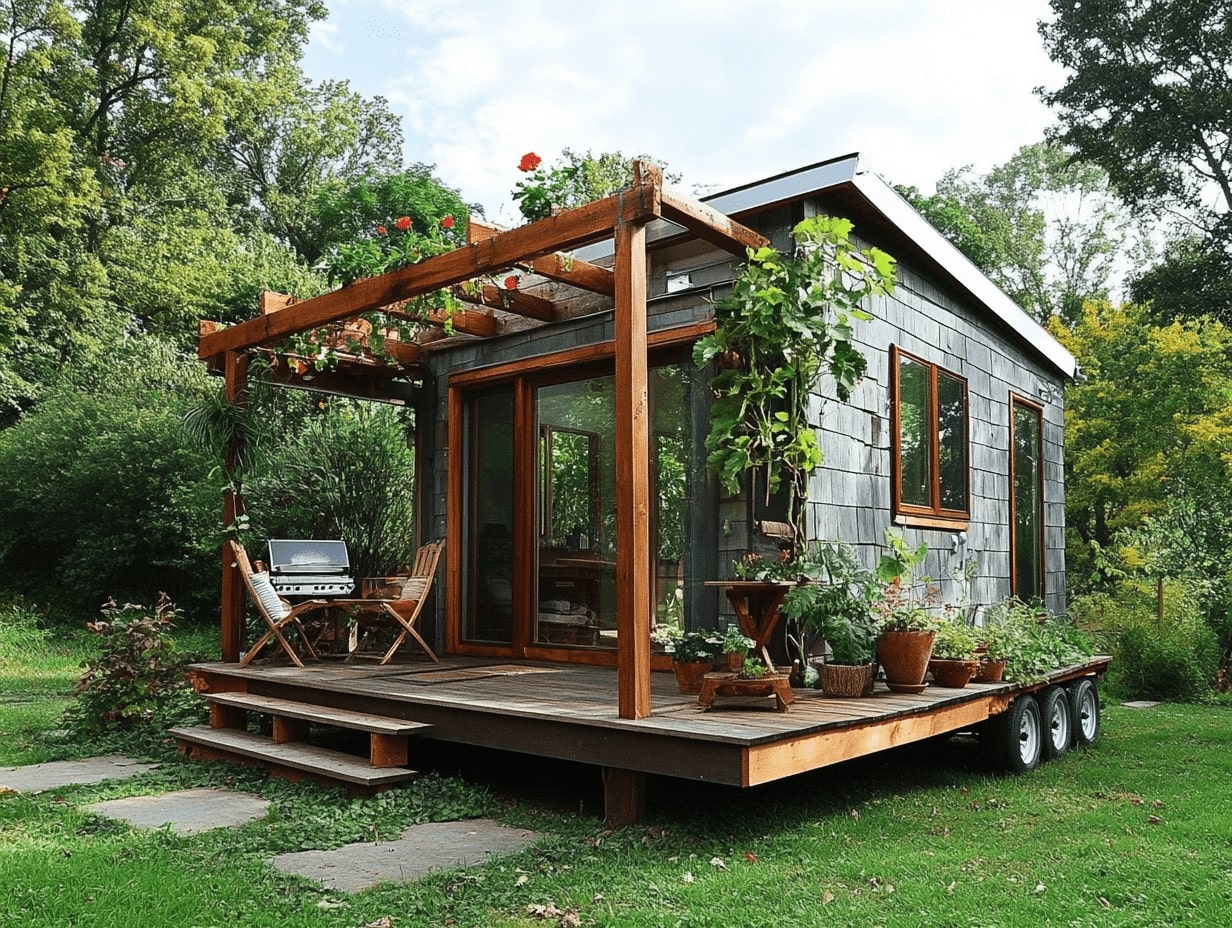
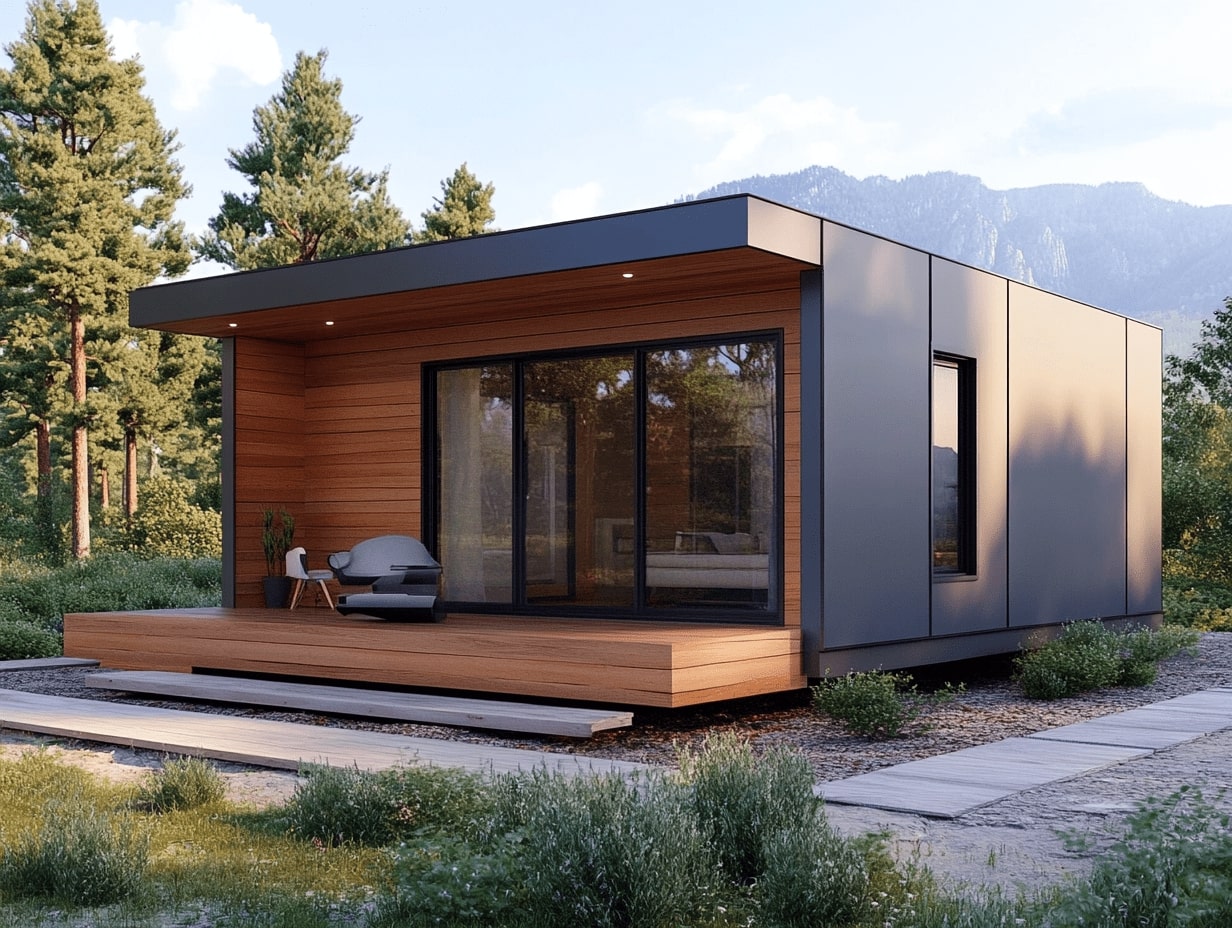
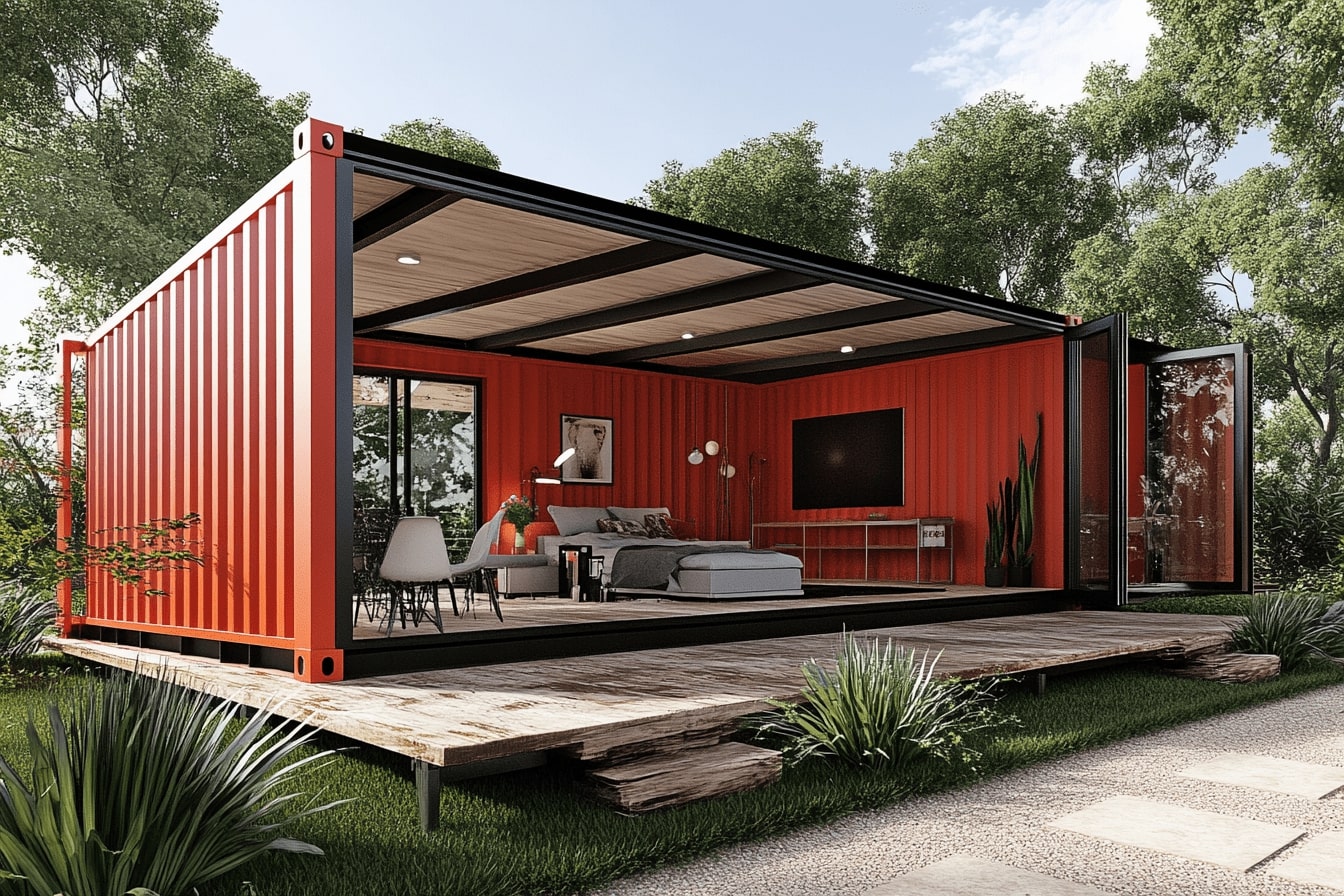

I was thinking there would be links to tiny home communities
Let’s start something that can be life and death of a large number of our human fellas. Suggestions: 1. Making list of responsible people who can come up with at least $5k for down payment (perhaps borrow money?)of the lot to put their initial shelter, from a tent to a modular home etc… basically, there will be very open-minded and supportive community to get starting. Then, buy a land that’s near a river with rational safe distance. And it’s near provincial or public roads. 2. Contact provincial government for financial support to build public washroom, small power supply station, ect..… Read more »
I’m willing to invest however, the how and where is my question. Need a plan to work on.
Would like to learn more about joining a tiny home community
I think tiny house communities are interesting. It seems like a way to save money and live simply.
Living in a tiny house could be nice for some people. I wonder how the community part really works.
Tiny houses sound like a good idea for reducing costs. Not sure if it’s for me, though.
The focus on sustainability is good. It’s an interesting lifestyle choice for those who want it.